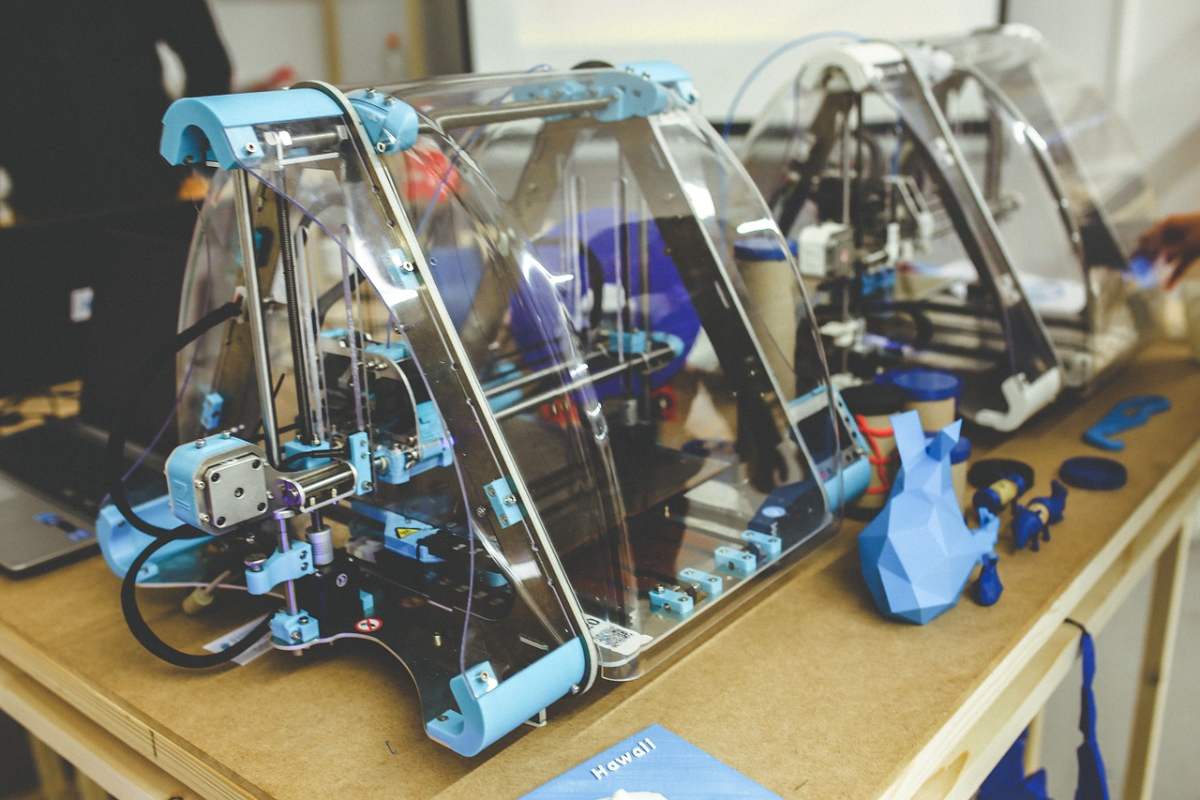Table of Contents
What Is 3D Printing?
A process by which physical objects are creat by overlaying material from a digital model. 3D Printing is a set of additive manufacturing technologies capable of producing a three-dimensional object by superimposing successive layers of a specific material.
Therefore, it is a process of creating a three-dimensional physical object through a digital thing or models through a 3D printer that can use various technologies and materials to overlay layers until a perfect replica be creat.
A Short Story
Although it may seem like a modern term and technology, the first equipment and building materials for 3D Printing were develope in 1976.
A few years later, in 1981 Hideo Kodama invented two AM manufacturing methods of a three-dimensional plastic model using a light-curing polymer.
In 1984, several projects were submitte and patent base on the stereolithography process, which applies layers by curing photopolymers with ultraviolet lasers.
Additionally a system was define to create three-dimensional objects by creating a pattern of the thing to be shaped, which result in the STL file format, which is now widely used for 3D Printing.
First SLA 3D Printing Machine
In 1992, the first SLA (stereolithographic) 3D printing machine was develop and was the work of 3d Systems. An ultraviolet laser solidified a photopolymer layer by layer to create three-dimensional objects. If these were not perfect, we reflected on the tremendous potential that this type of machine could offer.
Seven years later, in 1999, significant progress was seen with the first organ grown in the lab by the research team at the Wake Forest Institute for Regenerative Medicine thanks to their project to obtain organs and tissues print with the technology. 3D Printing.
First SLS Printer
In 2006, the first SLS type printer or selective laser synthesizer was built. A machine that melts materials with a laser in the 3D printing process and the great hope of making industrial parts, prosthetics, etc.
A few years later, the RepRap project saw the light of day as the first printer capable of reproducing its components. It allowed the construction of identical or replacement printers.
Progress And News
In 2011, engineers at the University of Southampton designed a 3D-printed drone and produced it in just one week. The same year also saw the prototype of a car whose bodywork was made using 3D Printing. This technology was introduce to a completely different market like jewelry and could even print parts. In gold and 3D. Silver of some models.
In recent years, we have had many uses in dental implants, bone prostheses, etc. We have even seen the current use of 3D printers to make medical supplies to fight the coronavirus in hospitals. Ventilator adapters, protective screens, etc.
How Works 3D Priniting?
3D Printing requires software, the corresponding hardware of the machine or printer. And the materials used for printing themselves, and everyone works together. The printing process itself involves creating three-dimensional objects by layering them from bottom to top.
Before starting the process, the software divides the graph into thin layers based on the diameter of the output material. For each layer, the printer moves in the plane to release material at the corresponding coordinates and thus form the three-dimensional figure identical to the one drawn in 2D.
3D Printing Process
There are several technologies available for 3D Printing. The main difference being how the different layers are use to make the parts.
Some use methods of melting the material to form the layers, such as SLS or FDM, while others deposit. Among the most commonly used methods, it is worth highlighting:
Injection Pressure
In this method, the printer creates the layer model by spreading out one layer of the section. This process is repeat until all the layers are print and are the only one that allows the Printing of full-color prototypes.

